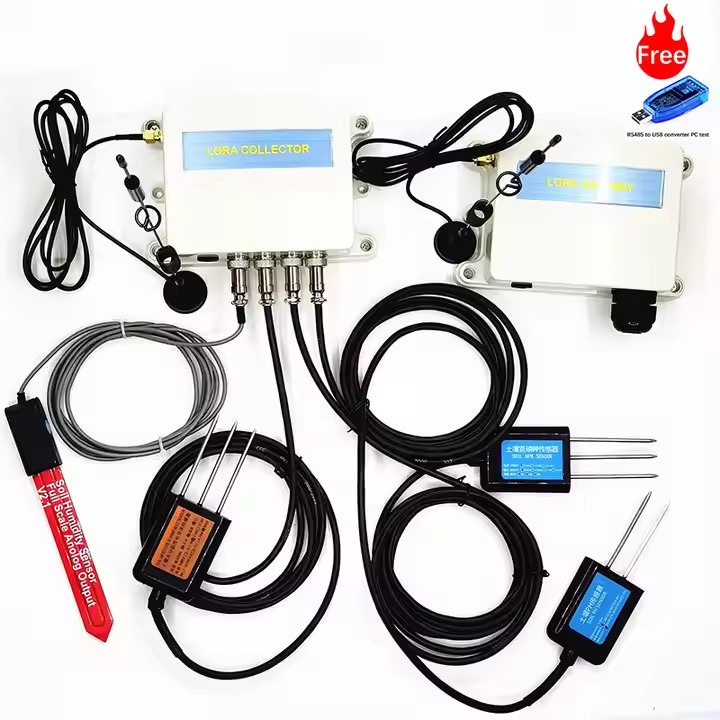As an important global food producer, Kazakhstan is actively promoting the digital transformation of agriculture in order to improve agricultural production efficiency and ensure food security. As an efficient and accurate agricultural management tool, soil sensors are playing an increasingly important role in Kazakhstan’s vast farmland, helping farmers to monitor soil conditions in real time, optimize planting decisions, and increase yields.
Soil sensors: a stethoscope for precision agriculture
The soil sensor can monitor key indicators such as soil temperature, humidity, salt, pH, nitrogen, phosphorus and potassium content in real time, and transmit the data to the farmer’s mobile phone or computer through a wireless network. These data provide a scientific basis for farmers to help them accurately arrange agricultural activities such as irrigation and fertilization, maximize resource utilization efficiency and reduce production costs.
Kazakhstan wheat planting application cases:
Project background:
Kazakhstan is located in the hinterland of Central Asia, the climate is dry, agricultural production faces challenges such as water shortage and soil salinization.
Traditional agricultural management methods are extensive and lack scientific basis, resulting in water waste and soil fertility decline.
The emergence of soil sensors provides farmers with a new tool for precision agriculture management.
Implementation process:
Government support: The Kazakh government is actively promoting the development of precision agriculture, providing subsidies for farmers to purchase soil sensors.
Enterprise participation: Domestic and foreign enterprises actively participate in providing advanced soil sensor equipment and technical services.
Farmer training: Governments and companies organize training to help farmers master the use of soil sensors and data analysis skills.
Application results:
Precision irrigation: farmers can rationally arrange irrigation time and water amount according to soil moisture data provided by soil sensors to effectively save water resources.
Scientific fertilization: Based on soil nutrient data and crop growth models, precise fertilization plans are formulated to improve fertilizer utilization and reduce environmental pollution.
Soil improvement: real-time monitoring of soil salinity and pH value, timely adoption of improvement measures to prevent soil salinization.
Improved yields: Through precision agriculture management, wheat yields have increased by an average of 10-15% and farmers’ incomes have increased significantly.
Future outlook:
The successful application of soil sensors in wheat cultivation in Kazakhstan provides valuable experience for the cultivation of other crops in the country. With the continuous promotion of precision agriculture technology, it is expected that more farmers will benefit from the convenience and benefits brought by soil sensors in the future, promoting the development of Kazakhstan’s agriculture in a more modern and intelligent direction.
Expert opinion:
“Soil sensors are the core technology of precision agriculture, which is of great significance for improving agricultural production efficiency and ensuring food security,” said an agricultural expert from Kazakhstan. “It can not only help farmers increase their yield and income, but also save resources and protect the environment, which is an important tool for achieving sustainable agricultural development.”
Post time: Feb-22-2025


